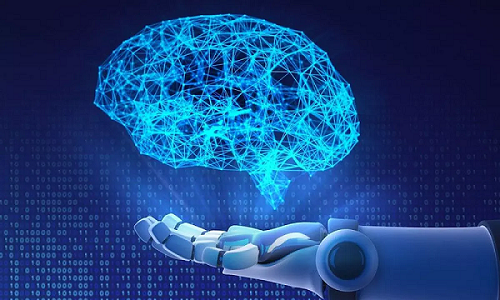Identifying the Defining Brain Computer Interface Market Trends

The BCI landscape is being dynamically reshaped by a number of pivotal Brain Computer Interface Market Trends, all pointing towards a future of more accessible, powerful, and integrated neurotechnology. One of the most prominent trends in the non-invasive sector is the relentless pursuit of user convenience and comfort. Companies are moving away from traditional wet-electrode EEG caps that require conductive gels and are instead focusing on developing dry-electrode systems. These systems are faster to set up, more comfortable for long-term wear, and can be seamlessly integrated into everyday objects like headphones, hats, or virtual reality headsets. This trend is critical for transitioning BCI from a laboratory tool into a practical consumer product for daily use in various applications.
In the realm of invasive BCI, a key trend is the development of less invasive implantation techniques and more biocompatible, long-lasting neural interfaces. Researchers and companies are pioneering endovascular BCI, where electrode-bearing stents are delivered to the brain through blood vessels, completely avoiding the need for open-brain surgery and its associated risks. Simultaneously, there is a major push to create highly flexible, polymer-based neural probes that move with the brain, minimizing tissue damage and inflammation. This allows for more stable, high-fidelity recordings over many years, which is essential for any permanent BCI implant. This trend toward "minimally invasive" and "biologically integrated" systems is crucial for improving the safety and long-term viability of clinical BCI solutions.
Perhaps the most overarching trend is the deep and symbiotic integration of BCI with artificial intelligence. Advanced AI models are becoming indispensable for decoding the incredibly complex and subtle patterns of neural activity. A significant trend within this domain is the development of adaptive algorithms that can learn and recalibrate in real-time to a user's unique and changing brain signals, reducing the need for frequent, tedious recalibration sessions. Alongside this technological push, a vital counter-trend is the growing emphasis on neuroethics. As BCIs become more capable of reading—and potentially writing to—the brain, discussions around mental privacy, cognitive liberty, and data security are moving from the philosophical to the practical, shaping product design, corporate policy, and government regulation for this transformative technology.
- Art
- Causes
- Crafts
- Dance
- Drinks
- Film
- Fitness
- Food
- Juegos
- Gardening
- Health
- Home
- Literature
- Music
- Networking
- Other
- Party
- Religion
- Shopping
- Sports
- Theater
- Wellness



